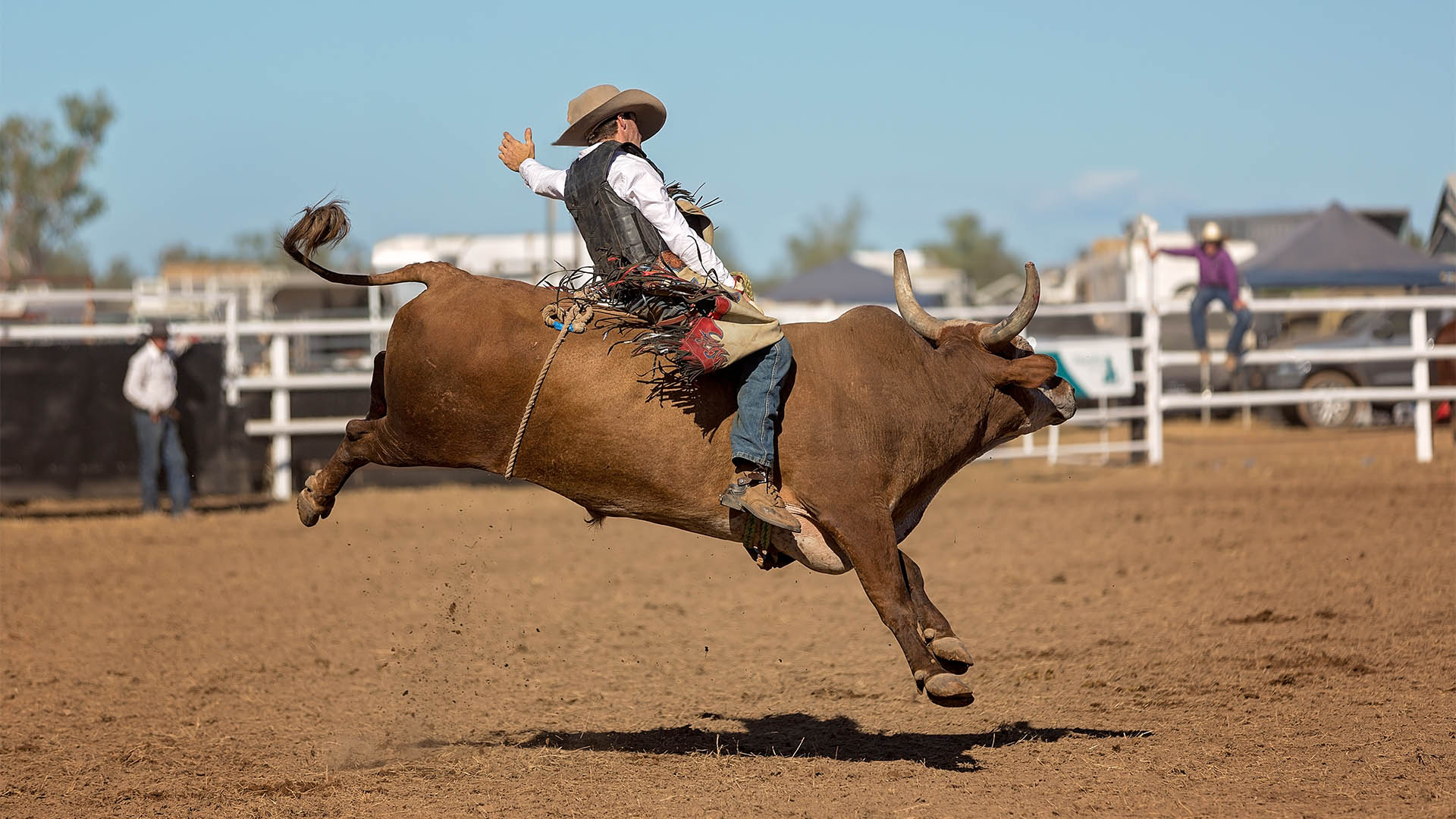Now that China’s economic data for January and February has been released, there seems to be a few oddities at the edges.
Generally the combined month data was very strong – exports, imports, production, retail sales, car sales all rose solidly and suggest a first quarter growth rate of 8% or more.
But don’t be fooled by the high growth rates from a year ago – they are misleading because January, February and March 2020 is when activity in China nosedived as the economic laboured under a tough lockdown to allow Covid to be controlled.
The slide means this year’s activity in these months has to be sharply higher just because of the recovery from mid 2020 onwards in the pace of growth, exports, imports and lending, for example.
For example the final batch of data releases yesterday showed China’s industrial production surged by 35.1% yoy across January and February, a record high.
But month-on-month data show weaker growth than during the period from April to October 2020, as China’s manufacturers were recovering from COVID-19 shutdowns.
Retail sales increased 33.8% in January-February this year and marking a significant jump from 4.6% growth in December but much of the size of the rise was due to the 20.5% contraction for January-February of 2020.
These figures underline just how much China relied on the industrial sector for its recovery – retail sales were up a solid 6.4% in January – February compared to two years ago (the start of 2019) industrial production was around 17% above the level in January-February 2019.
Even though services now account for the major part of Chinese economic growth, manufacturing in all its form is stil the primary driver of growth (and hence gets more state and private investment). That’s also because goods not services earn the bulk of export income from foreigners.
China’s fixed asset investment grew strongly in the first two months of 2021, rising by 35% year on year. Investment grew a more moderate 3.5% compared with the first two months of 2019 which indicates the surge was statistical, not an actual sharp rise in spending.
Last year investment slumped as China battened down the hatches in from late January through March. It was down 24.5% in January and February but rose 2.9% over the year.
Growth in private sector investment outpaced that of state-owned enterprises (SOEs) in the first two months of this year. SOEs had been the source of most of the investment growth in the early stages of China’s recovery from COVID-19, with private investment overtaking the state sector only at the end of 2020.
Last week we learned that China’s trade surplus averaged $US51.6 billion across January and February (despite a surge in exports and imports) compared with a record high of $US78.2 billion in December 2020 and an average $US3.7 billion trade deficit across January and February 2020.
China’s trade surplus with the US has steadily increased from early 2020 lows – totalling a new record high of $US349.2 billion in the twelve months to February 2021.
This could further escalate tensions between the two countries, but it could also be the source of some easing in tensions generated by Donald Trump.
Credit issuance and bank lending leapt in February especially because of the slump in the same months of 2020.
January and February showed China’s new credit increased 16.1% yoy. The bulk of this increase occurred in February – reflecting the sharp decline in new credit in February 2020 due to the impact of COVID-19 restrictions.
Bank lending grew comparatively rapidly over the first two months, while non-bank lending fell because of the official crack down on ‘shadow’ finance activity.
All this paints an economy growing solidly, but at the slower pace revealed in the public and private sector surveys of manufacturing and services released earlier this month.
The strong growth in the data has seen quite a few analysts suggest the PBOC (Peoples Bank of China) might start tightening credit to restrain inflation and the economy. Inflation remains weak though).
The National Australia Bank reckons the maybe a tightening by the central bank in coming months, “but it is not necessarily … to increase the policy rate.” (That’s the key official rate for the economy).
“Tighter restrictions on property lending could form part of this strategy. This monetary tightening is set to be paired with a fiscal contraction as well. Due to the opaque nature of local government finances, it is difficult to be clear around the size of the contraction – but some early estimates put it in the range of 2-3% of GDP,” the NAB estimated in its monthly look at the Chinese economy.
If that happens then there could very well be a slowing in the second half of 2021 back to a growth rate around the official growth target of more than 6% than the expected 8% this quarter.













